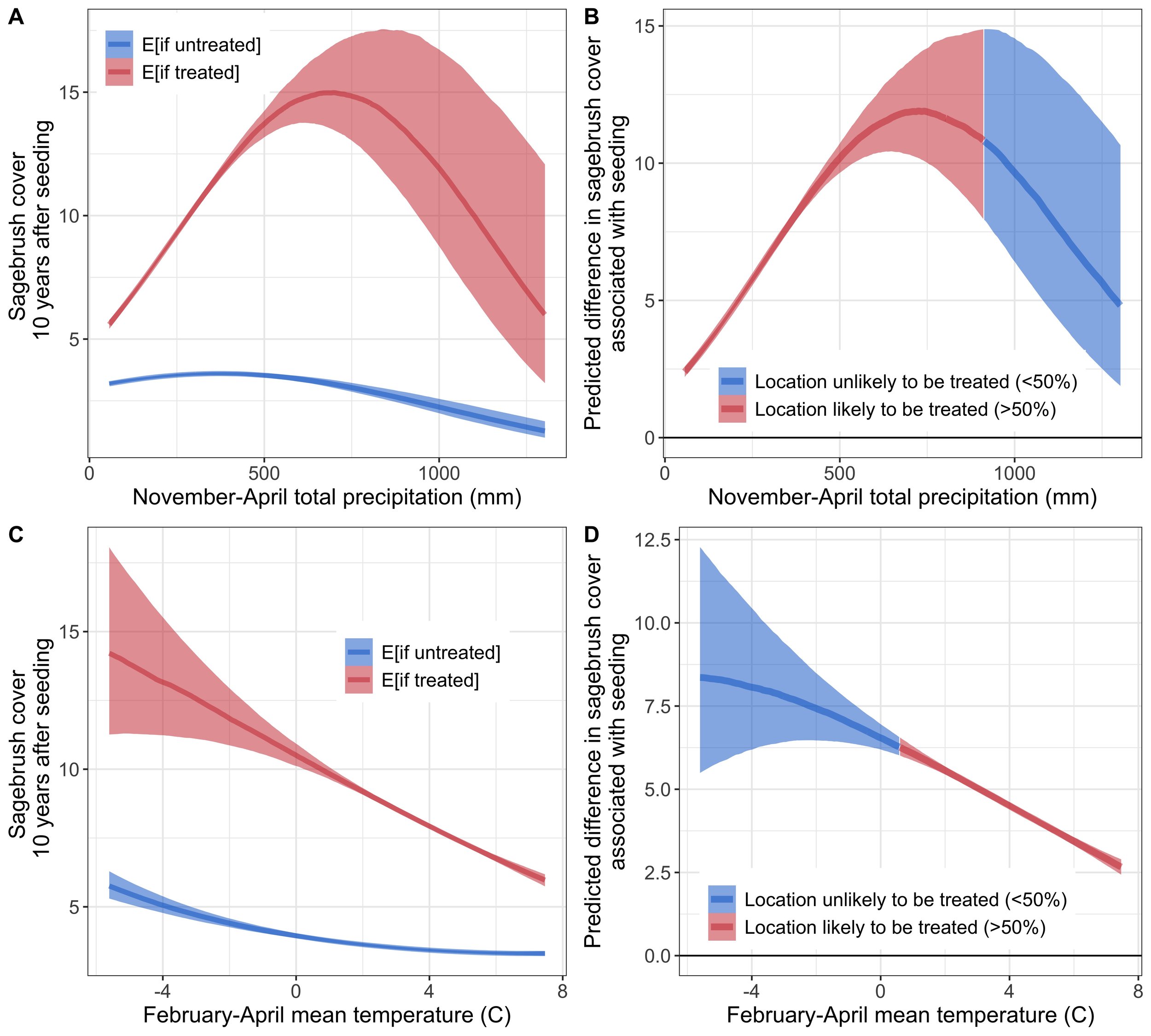
Research
Modeling emerging infectious diseases, their disturbance impacts, and their interactions with abiotic disturbance regimes
Global trade and other anthropogenic activities have caused the introduction of countless non-native plant pathogens to new ecosystems, and where these pathogens encounter naive host populations, they may generate novel forms of biotic disturbance.
We are investigating the epidemiology and disturbance impacts of the introduced oomycete pathogen Phytophthora ramorum, which causes the emerging disease sudden oak death in California’s fire-prone coastal forests. We study this pathogen’s role as a novel biotic disturbance regime and its interactions with “native” wildfire regimes, using a combination of empirical and simulation models from epidemiology and population ecology, parameterized with more than 15 years of forest monitoring data.
This work has resulted in publications in Ecology, Journal of Ecology, Ecology Letters, and Annual Reviews in Ecology and Evolution. This work has been conducted in collaboration with David Rizzo (UC Davis), Nina Wurzburger (Univ. of Georgia), Margaret Metz (Lewis and Clark College), Richard Cobb (Cal Poly SLO), and Ross Meentemeyer (NC State). The Simler-Williamson lab’s component of this work has been supported by the NSF Population and Community Ecology and Graduate Research Fellowship program.
Local adaptation to biotic interactions: the impacts of soil microbes on translocated plant populations
Local adaptation is fundamental to the persistence of plant populations, but studies infrequently examine the underlying mechanisms determining its generation, including the importance of biotic interactions. Understanding the relative importance of biotic and abiotic drivers of local adaptation is of key concern as global change-related management actions increasingly translocate populations beyond existing ranges, yet rarely incorporate species interactions. In this work, we examine the relative importance of plant-microbe interactions on our measurement of genotype-environment interactions and local adaptation in a widespread woody plant species, exploring: 1) the consequences of biotic adaptation for population persistence; 2) variation in the strength of biotic adaptation along abiotic gradients, and 3) how changing climatic conditions may alter the outcomes of these species interactions. We are investigating interactions between soil pathogens and symbionts and big sagebrush (Artemisia tridentata), which is threatened by global change across its range and being translocated in region-wide restoration efforts. Our approach integrates field, laboratory, greenhouse, and computational techniques, including a landscape-scale manipulative plant and soil transplant study, integral projection population models, and DNA sequencing of bacterial and fungal communities to examine variation in the evolutionary consequences of plant-microbe interactions.
This ongoing work was inspired by our past work in Conservation Letters and is supported by the National Science Foundation’s Building Research Capacity in Biology program, Idaho EPSCoR, and the NSF Postdoctoral Research Fellowship in Biology programs.
While invasive species often occur as a dominant monoculture, many plant communities are affected by a diverse array of exotic plants across functional groups. These invasive species may differ in the ways in which they alter their environments, leaving behind “legacies” that persist beyond these species’ removal in restoration efforts. In this work, we are examining how invasive species diversity and composition influence shifts in soil nutrient cycling, hydrology, and microbial communities. We are assessing whether these impacts persist following removal, influencing the resistance of these sites to restoration. This work employs a manipulative field experiment to quantify restoration success across a gradient of invasive plant diversity, monitor the soil legacies left by pre-restoration invaders, and test possible management solutions to limit invaders’ legacy effects on soil health.
This work is conducted in collaboration with Dr. Toby Maxwell (Boise State), Dr. Brynne Lazarus (USGS Forest and Rangeland Ecosystem Science Center), and Dr. Matthew Germino (USGS Forest and Rangeland Ecosystem Science Center). This work is supported by the USDA NIFA Agroecosystems program and the Bureau of Land Management.
Impact of diversity in the pool of exotic species invading rangelands: response of soil resources, microbial communities,and restoration outcomes
Inferring restoration effectiveness with observational study designs
Accurate predictions of ecological restoration outcomes are needed across the increasingly large landscapes requiring treatment following disturbances. However, observational studies often fail to account for nonrandom treatment application, which can result in invalid inference due to systematic differences between treated and untreated locations. We are examining the drivers of successful plant establishment and the importance of interannual variation, following widespread post-fire seeding of declining sagebrush shrubs across the western US, using a variety of statistical approaches for causal inference from observational studies.
This work is supported by the U.S. Geological Survey and has resulted in publications in Nature Communications and Conservation Science and Practice.












